Fae, also known as fairies, are mythical creatures that have been a part of human folklore for centuries. They are often depicted as small, winged beings with magical powers, but their appearance and abilities can vary greatly depending on the culture and time period in which they are depicted. While some people believe that fairies are purely fictional, others believe that they are real creatures that exist in a parallel realm.
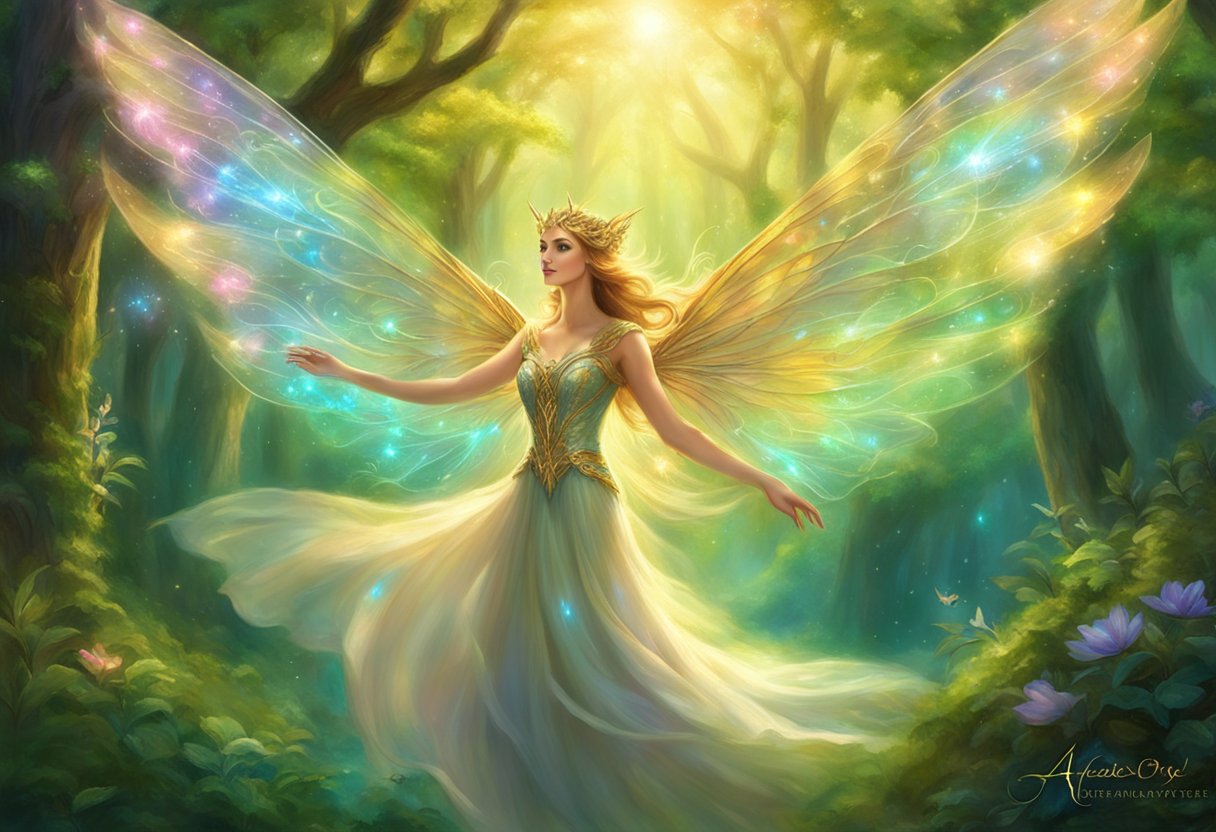
In many cultures, fairies are associated with nature and are believed to have the ability to control the elements. They are often depicted as mischievous beings who enjoy playing pranks on humans, but they can also be helpful and kind. Some legends even suggest that fairies can grant wishes or bestow good luck upon those who treat them with respect. Despite their reputation for being playful and whimsical, fairies are also sometimes associated with darker forces and may be seen as malevolent beings that should be avoided.
Defining the Fae
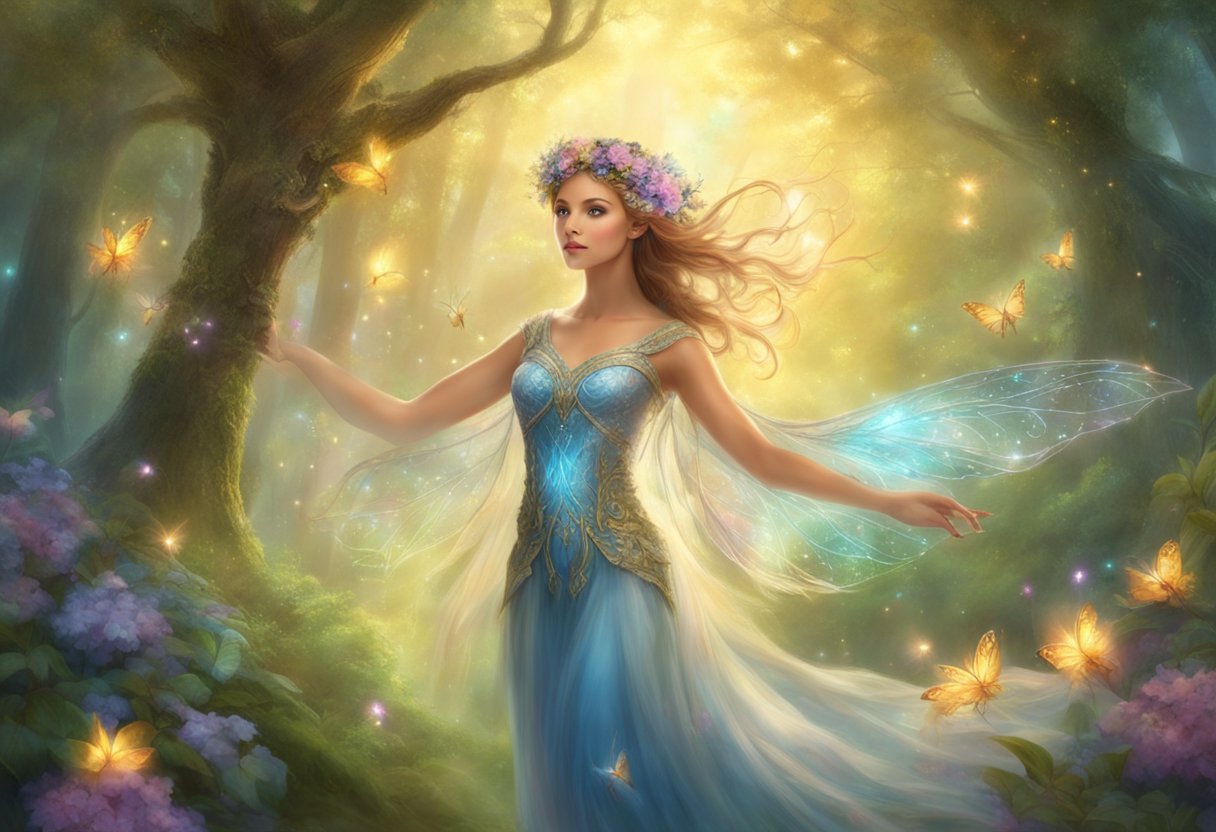
Terminology and Etymology
The term “Fae” refers to a group of mythical creatures often depicted as small, ethereal beings with supernatural powers. They are also known as fairies, faeries, or fay. The origins of the word “fairy” can be traced back to the Latin word “fata,” which means fate or destiny. In Old French, the word was spelled “faerie,” which referred to a land of enchantment and magic.
Characteristics and Traits
Fae are known for their mischievous nature and their ability to manipulate reality. They are often depicted as having wings and pointed ears, and they are associated with natural elements such as flowers, trees, and water. Fae are said to be immortal and have magical powers such as the ability to fly, cast spells, and shape-shift.
Fae are often divided into different categories based on their appearance and behavior. For example, the Seelie Court is made up of Fae who are generally benevolent and helpful to humans, while the Unseelie Court is made up of Fae who are more malevolent and dangerous. Other types of Fae include brownies, pixies, and goblins.
Overall, the Fae are complex and fascinating creatures with a rich history and mythology. They continue to capture the imaginations of people around the world and are an important part of many cultures and traditions.
Historical Roots of Faerie Lore
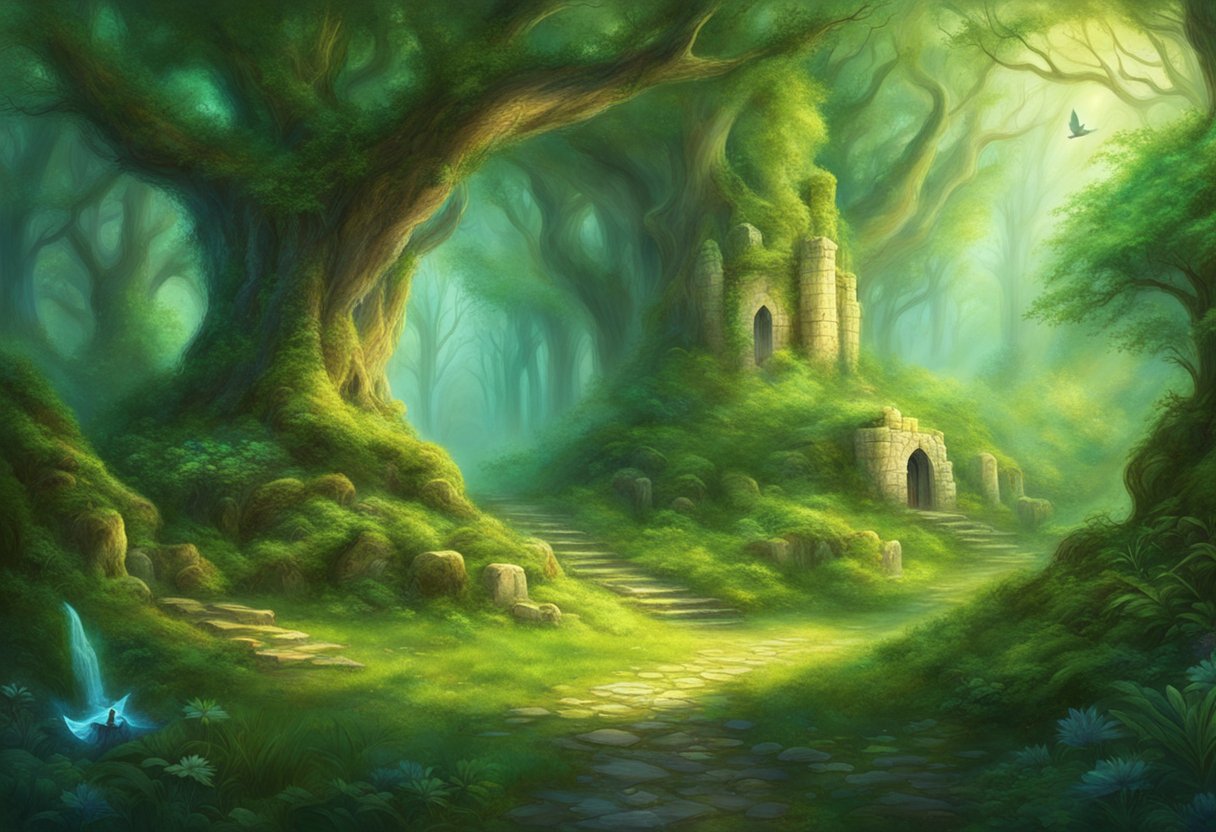
Ancient Origins
Faeries have been a part of human mythology for thousands of years. In ancient Greek mythology, nymphs were considered to be nature spirits that lived in forests, rivers, and mountains. Similarly, in Celtic mythology, faeries were believed to be guardians of nature and were associated with trees, flowers, and animals. The ancient Romans also had their own version of faeries known as the Lares, which were household spirits that protected families.
Cultural Evolution
Faerie lore evolved over time and became more complex as different cultures added their own interpretations. In medieval Europe, faeries were often depicted as mischievous creatures that could be both helpful and harmful to humans. During the Renaissance, faeries became associated with magic and alchemy, and were often depicted as tiny winged creatures. In Victorian England, faeries were seen as symbols of childhood innocence and were often depicted in children’s books and artwork.
Today, faerie lore continues to be popular in modern culture. Faeries are often featured in fantasy literature, movies, and video games, and are a beloved subject of many people’s imagination. While the origins of faerie lore may be ancient, the fascination with these mythical creatures continues to captivate people’s hearts and minds.
Types of Fae
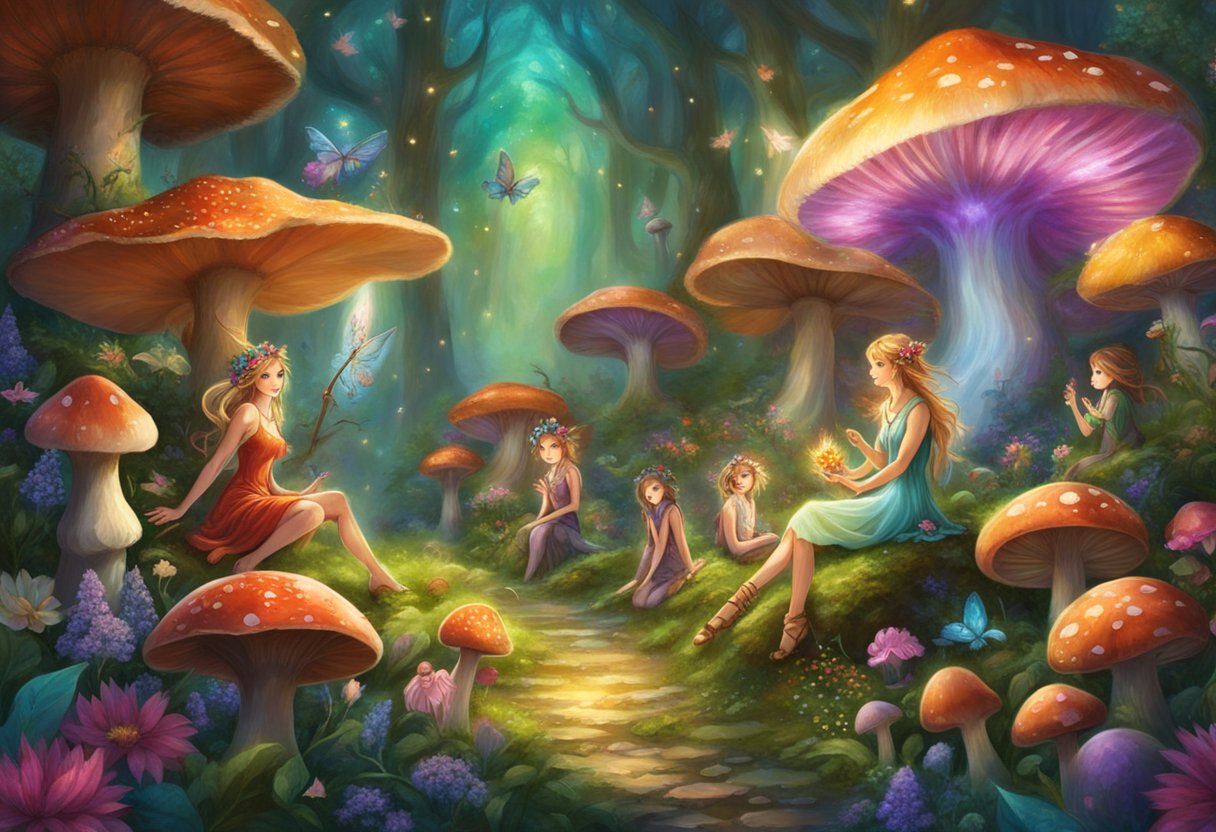
Seelie and Unseelie Courts
Fae creatures are often divided into two categories: the Seelie and Unseelie Courts. The Seelie Court is made up of faeries who are benevolent towards humans, while the Unseelie Court is composed of faeries who are malevolent towards humans. The Seelie Court is known for their beauty, grace, and love of music, while the Unseelie Court is known for their trickery and cruelty.
Notable Species of Fae
There are many types of Fae, each with their own unique characteristics and abilities. Some of the most notable species of Fae include:
- Pixies: playful tricksters who love to play pranks on humans. They are also known for their love of music and can often be heard singing and playing instruments in the woods.
- Sprites: small, delicate faeries that are known for their beauty and grace.
- Brownies: helpful faeries who are known for their love of cleanliness and order. They are often found in homes, where they will clean and tidy up in exchange for small gifts.
- Banshees: creatures who are said to warn of impending death by wailing and screaming.
- Pookas: shapeshifting faeries who are known for their mischievous nature. They often take on the form of animals, such as horses or rabbits, and lead humans on wild chases through the countryside.
Overall, Fae creatures are a diverse and fascinating group of mythical beings, each with their own unique traits and abilities.
Fae in Mythology and Folklore
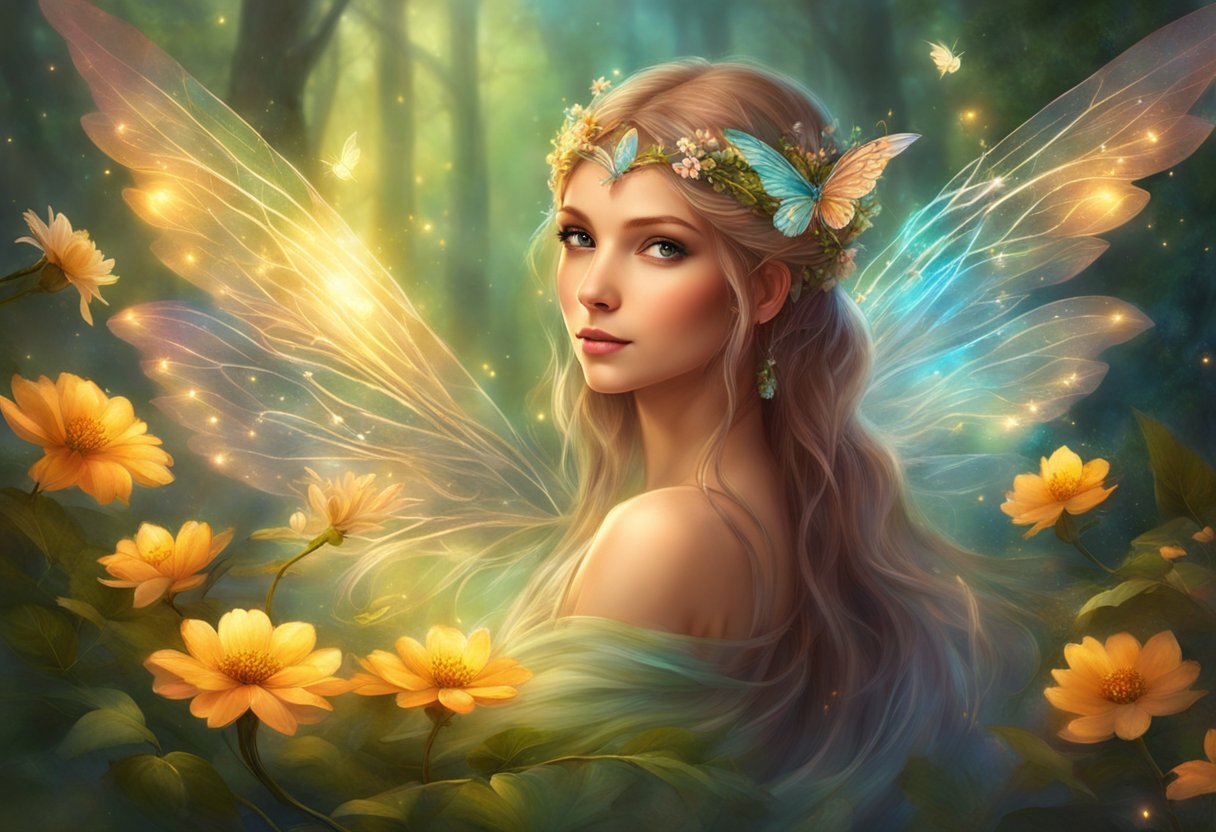
European Traditions
In European folklore, Fae are mythical creatures that have been a part of the region’s cultural heritage for centuries. They are often depicted as small, winged creatures who inhabit forests and meadows, and are known for their magical powers. Fae are believed to be mischievous and capricious, and are known to play tricks on humans. They are also associated with the changing of the seasons, and are said to be responsible for the growth of plants and flowers.
Global Fae Stories
Fae stories are not limited to European traditions. Many cultures around the world have their own versions of these mythical creatures. In Japanese folklore, for example, there are beings known as the Yosei, which are similar to Fae. They are depicted as small, winged creatures who live in the forest and are known for their magical powers. In African folklore, there are beings known as the Mami Wata, which are also similar to Fae. They are depicted as beautiful, mermaid-like creatures who are associated with water and are known for their healing powers.
Overall, Fae are a fascinating part of mythological and folkloric traditions around the world. Their magical powers and mischievous nature have captivated people’s imaginations for centuries, and continue to do so to this day.
The Fae and Nature
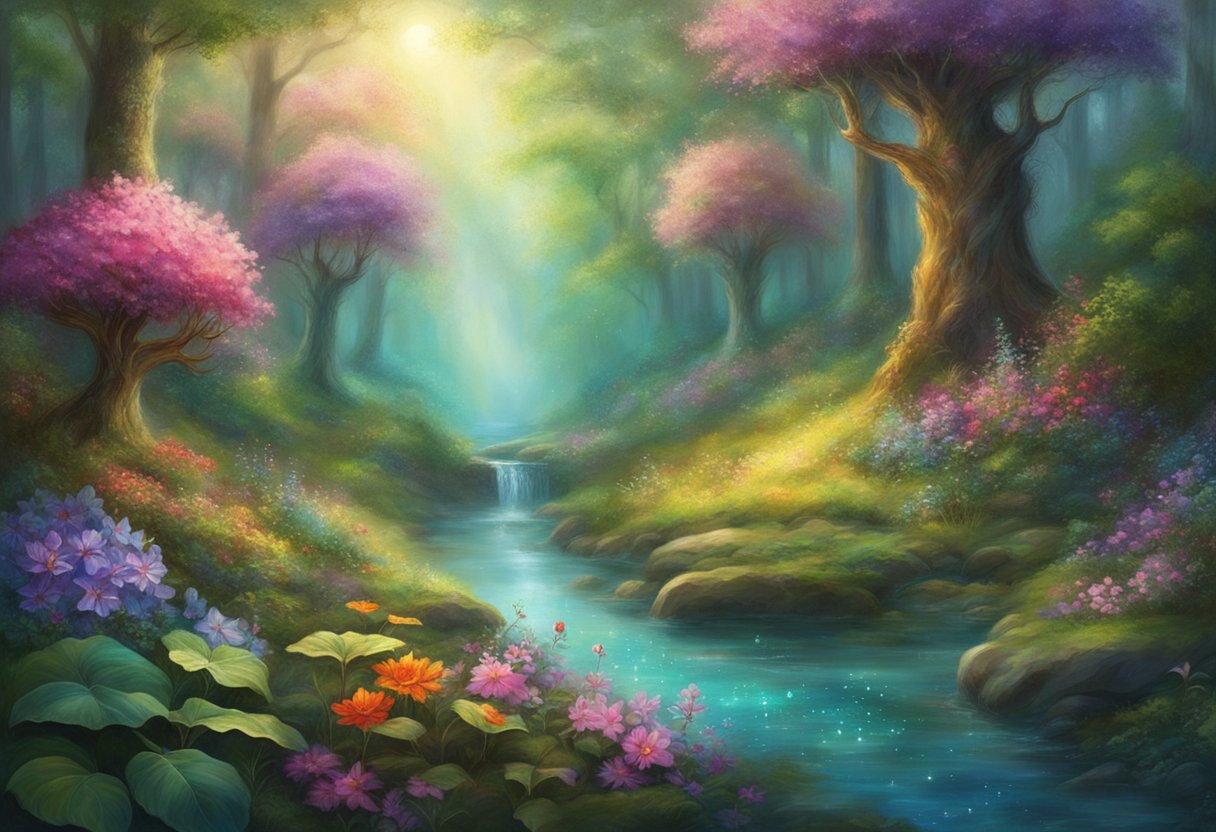
The Fae are often associated with nature and its elements. They are believed to be guardians of the natural world and protectors of the environment. The following subsections explore the Fae’s relationship with nature.
Guardians of the Natural World
The Fae are often considered guardians of the natural world. They are said to protect the environment and the creatures that inhabit it. Some stories depict them as protecting forests, rivers, and other natural features from harm caused by humans. In some cultures, it is believed that the Fae will punish those who harm nature by causing misfortune or illness.
Seasonal Associations
The Fae are also associated with the changing seasons. In some cultures, they are believed to be responsible for the arrival of spring, summer, autumn, and winter. Some Fae are associated with specific seasons, such as the Spring Fae or the Winter Fae. They are said to be responsible for the growth of plants and the changing of the weather.
Overall, the Fae’s relationship with nature is one of protection and guardianship. They are believed to be responsible for maintaining the balance of the natural world and ensuring that it remains healthy and thriving.
Interactions with Humans
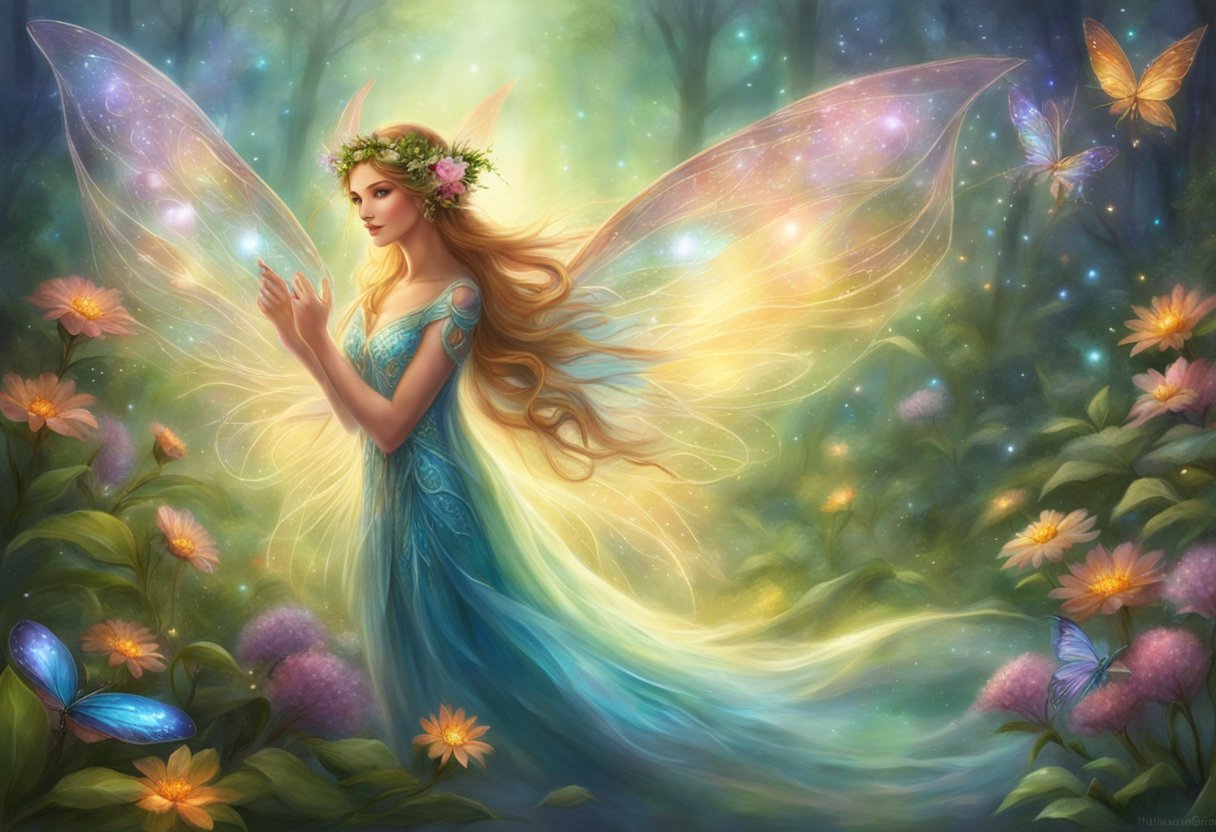
Encounters and Abductions
Fae have been known to interact with humans throughout history, often in the form of abductions or encounters. Many cultures have their own stories of human encounters with Fae, with some describing them as benevolent and others as malevolent. In some cases, Fae have been known to abduct humans and take them to their realm, where they are said to live for years before returning to the human world.
Protection and Superstitions
Due to the unpredictable nature of Fae, humans have developed various superstitions and protective measures to avoid negative interactions with them. Some of these include carrying iron or salt, as Fae are believed to be repelled by these materials. Others believe that wearing certain colors or carrying specific herbs can protect against Fae encounters.
Despite the potential dangers of interacting with Fae, many people still hold a fascination with these mythical creatures. From their magical abilities to their mysterious nature, Fae continue to capture the imaginations of people around the world.
Fae in Modern Media
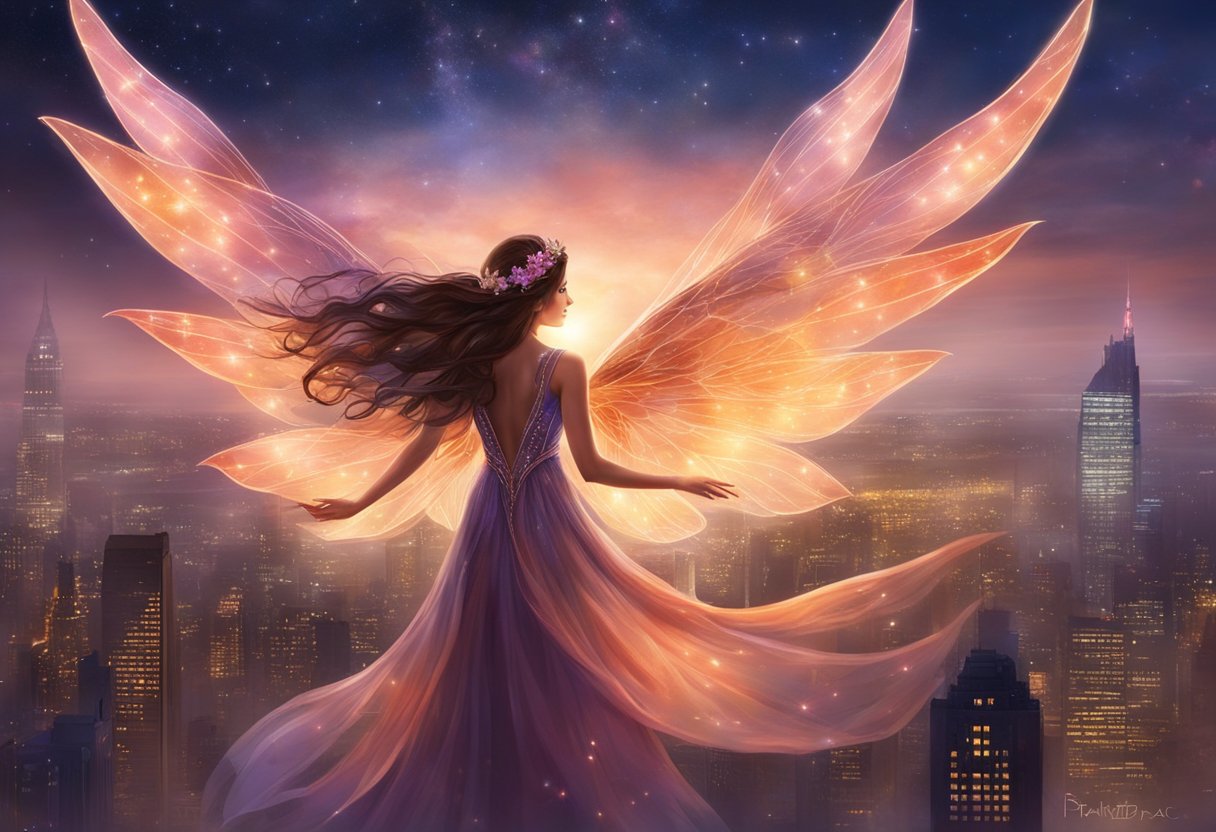
Literature
Fae have been a popular subject in literature for centuries, with some of the earliest examples dating back to medieval times. In modern literature, Fae have continued to be a popular subject, with authors such as Holly Black and Cassandra Clare incorporating them into their works. The Fae are often portrayed as powerful and mysterious beings, with their magical abilities and otherworldly nature making them fascinating to readers.
Film and Television
Fae have also made appearances in various films and television shows. In the film industry, Fae have been featured in movies such as “Pan’s Labyrinth” and “Maleficent”. In television, Fae have been portrayed in shows such as “Lost Girl” and “Carnival Row”. These portrayals often depict the Fae as complex and morally ambiguous creatures, with their alliances and actions often shifting throughout the story.
Overall, Fae continue to be a popular subject in modern media, with their magical nature and mysterious allure captivating audiences across various mediums.
Conservation of Fae Lore
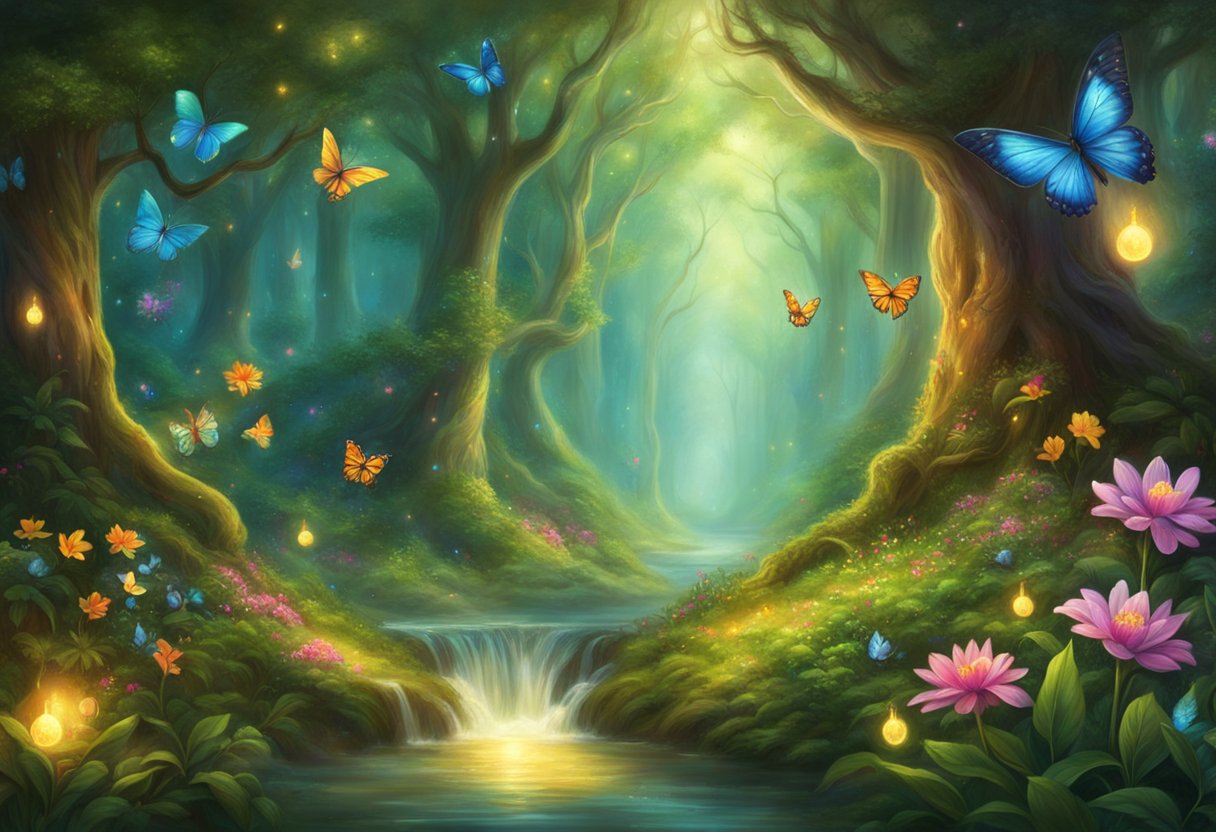
The conservation of Fae lore is of utmost importance to those who believe in their existence. Fae mythology and folklore have been passed down through generations, and it is essential to preserve it for future generations.
One way to conserve Fae lore is by documenting it. Writing down stories and legends about Fae creatures can help keep the mythology alive. It is also essential to share this knowledge with others to prevent it from being lost.
Another way to conserve Fae lore is by respecting their habitats. Fae creatures are often associated with nature, and it is crucial to protect their environment. This includes avoiding littering, respecting wildlife, and not disturbing their natural habitats.
Finally, it is important to approach Fae creatures with respect and caution. Fae creatures are known to be mischievous and can be dangerous if provoked. It is essential to approach them with respect and not to take their existence for granted.
In conclusion, the conservation of Fae lore is essential to preserve their mythology and ensure that future generations can learn about these fascinating creatures. By documenting their stories, respecting their habitats, and approaching them with caution, we can help conserve Fae lore for years to come.
